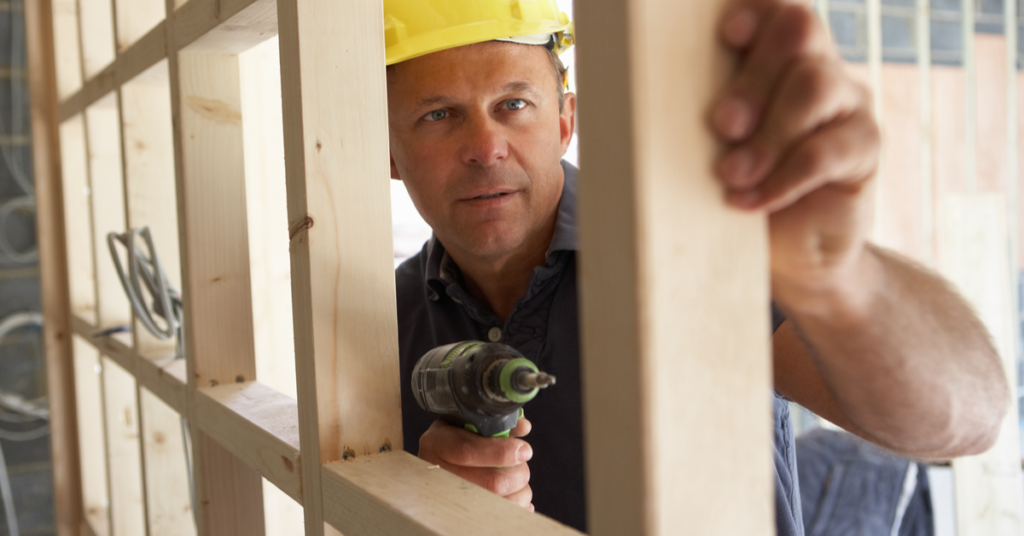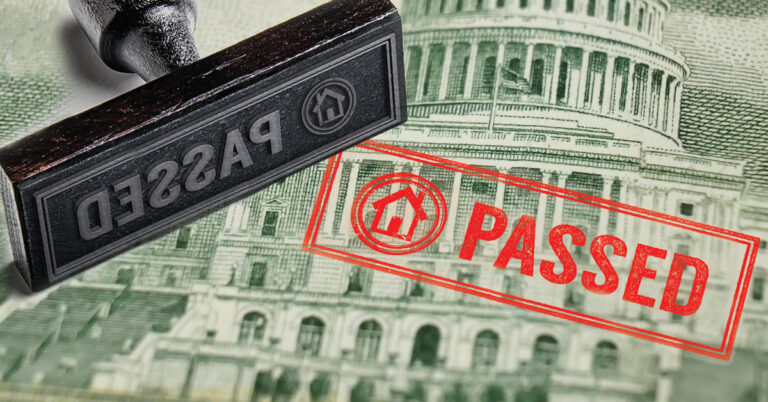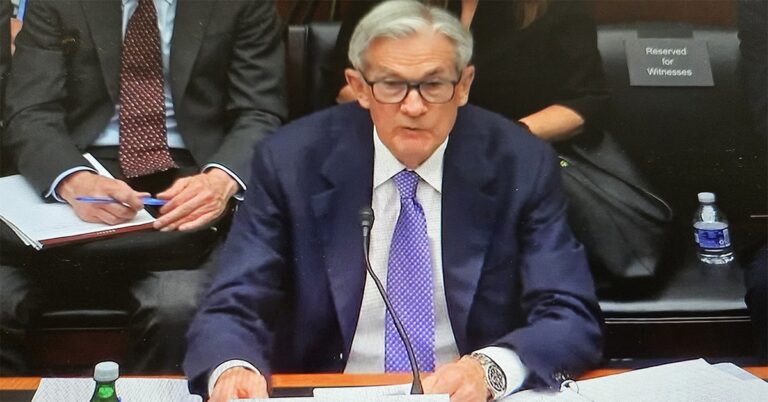Builder sentiment continued on its upward trajectory in October, reaching a new record high, according to the a new report from the National Association of Home Builders (NAHB).
The NAHB/Wells Fargo Housing Market Index (HMI), which measures builder perceptions of the market via a survey of component questions, rose two points to 85 in October, a new peak for the metric. The previous record was set just last month, marking the first time the index had ever risen above a reading of 80.
“Traffic remains high and record-low interest rates are keeping demand strong as the concept of ‘home’ has taken on renewed importance for work, study and other purposes in the COVID era,” said NAHB Chairman Chuck Fowke.
Robert Dietz, chief economist for the NAHB, agreed, calling the housing market “a bright spot for the economy” and citing the growth in buyer interest in suburbs, exurbs and small towns. Demand in those areas has been driven by a shift in consumer preferences since the onset of the COVID-19 pandemic; with coronavirus cases resurgent and more people working remotely, several reports have signaled growing homebuyer inclinations for less density and more space.
All of the HMI’s component indices — each of which is based on a specific survey question — either reached or matched their highest levels in October. The index measuring builder sentiment of current sales conditions rose two points to a reading of 90, while the index for sales expectations in the next six months was up three points to 88. The index gauging traffic of prospective borrowers was unchanged at 74.
Sentiment is likewise high across geographical regions. The three-month moving average HMI reading for the Northeast rose six points to 82, while the Midwest and South both saw three-point improvements to reach 75 and 82, respectively. The West increased five points to a reading of 90.
Both Fowke and Dietz did see potential speedbumps to the market, however, and they’re not exactly new ones: spiking material prices and dwindling home inventory.
“It is becoming increasingly challenging to build affordable homes as shortages of lots, labor, lumber and other key building materials are lengthening construction times,” said Fowke.
“NAHB analysis … showed that new single-family home sales are outpacing starts by a historic margin,” added Dietz. “Bridging this gap will require either a gain in construction volume or reductions in available inventory, which is already at a historic low in terms of month’s supply.”








